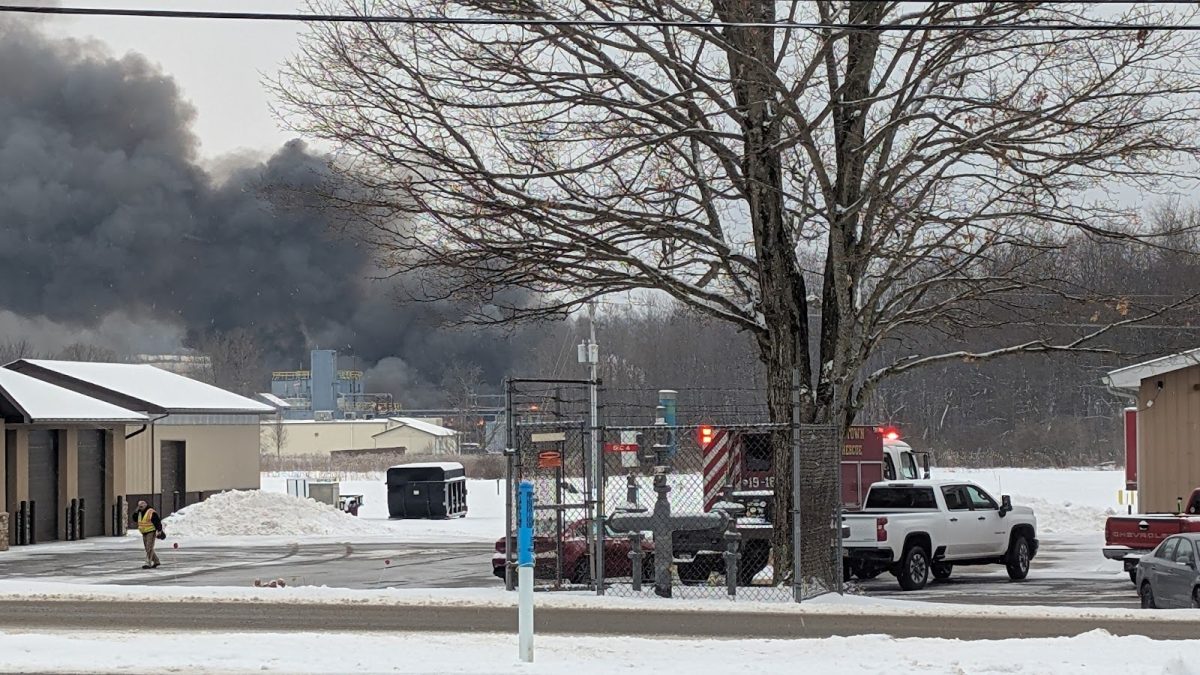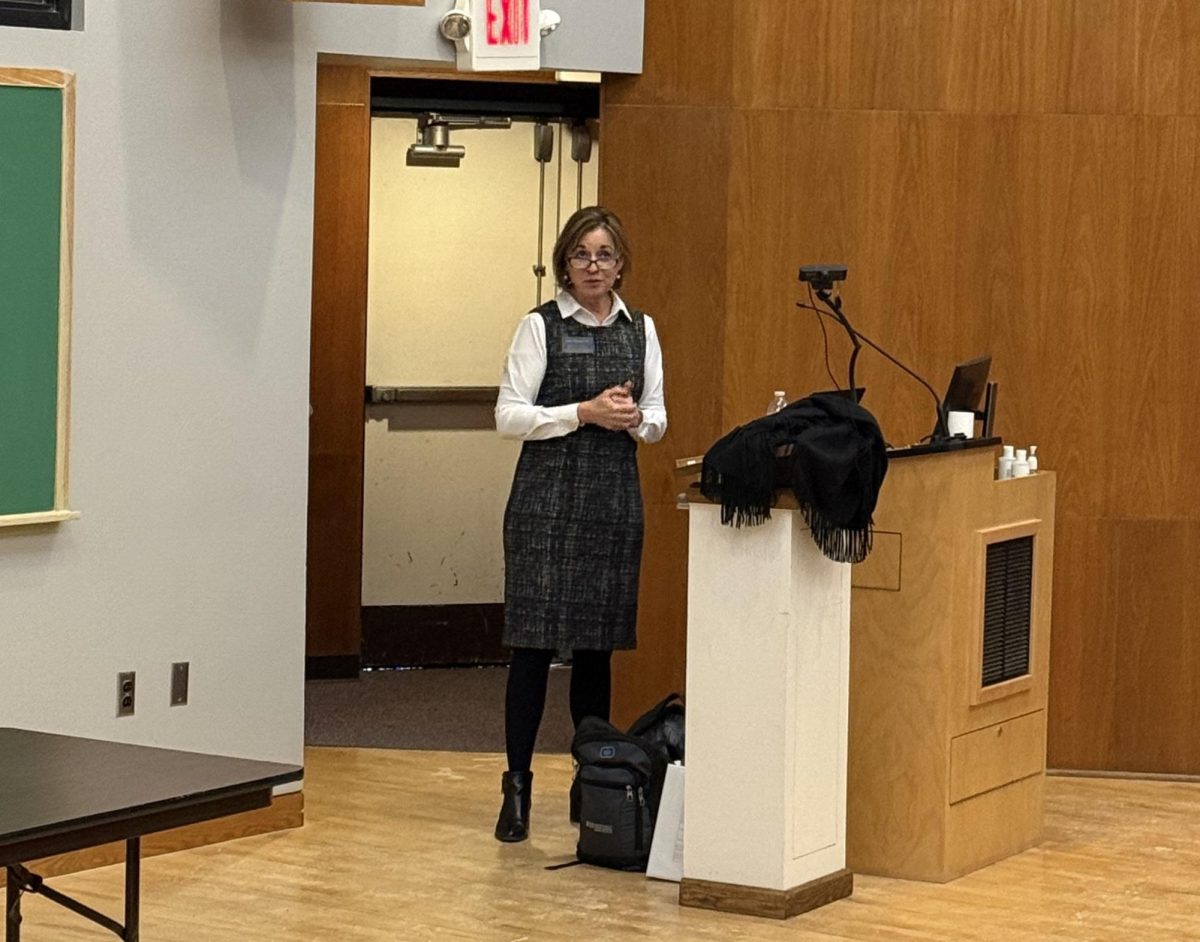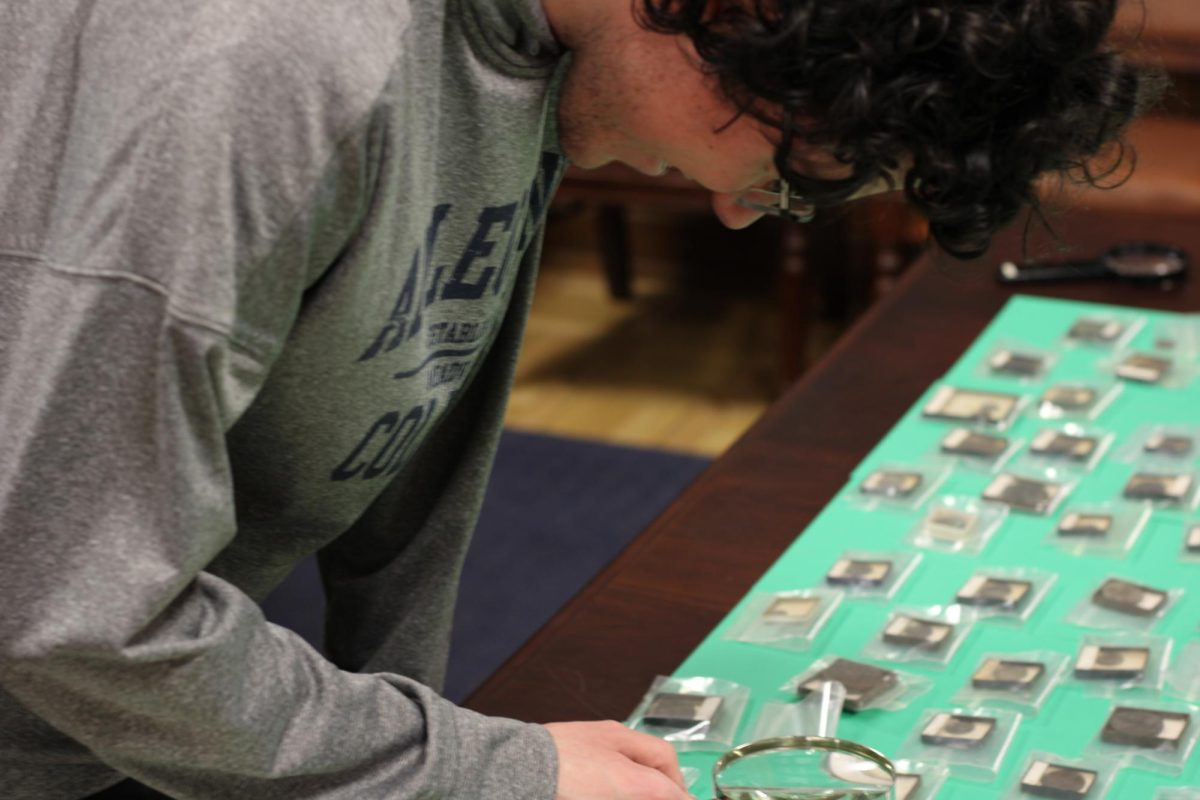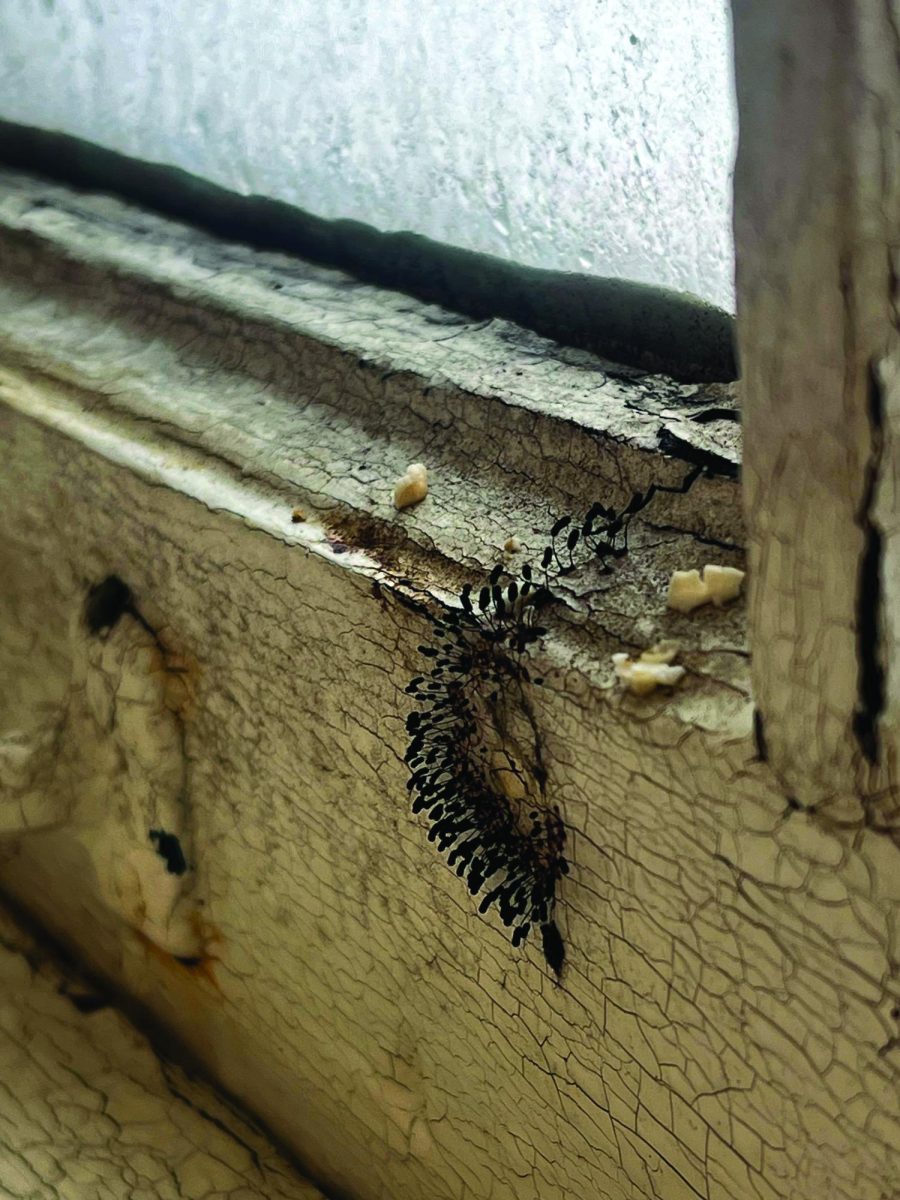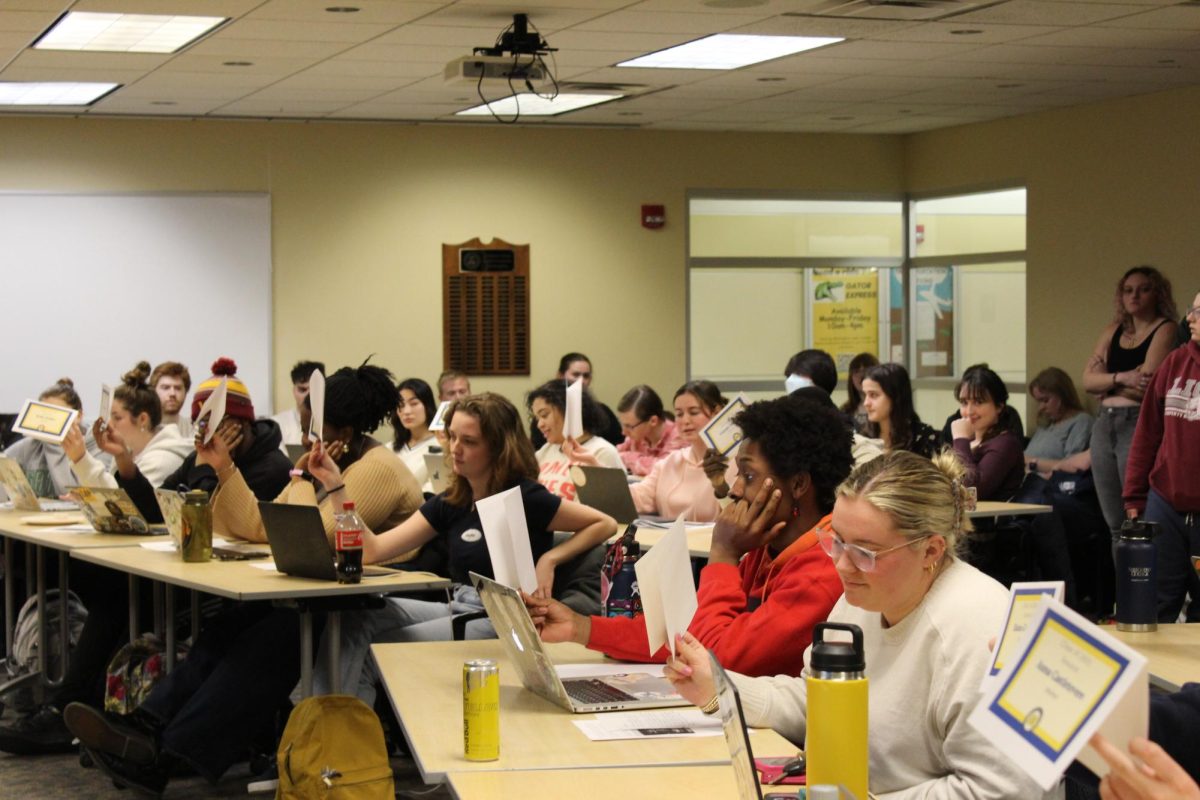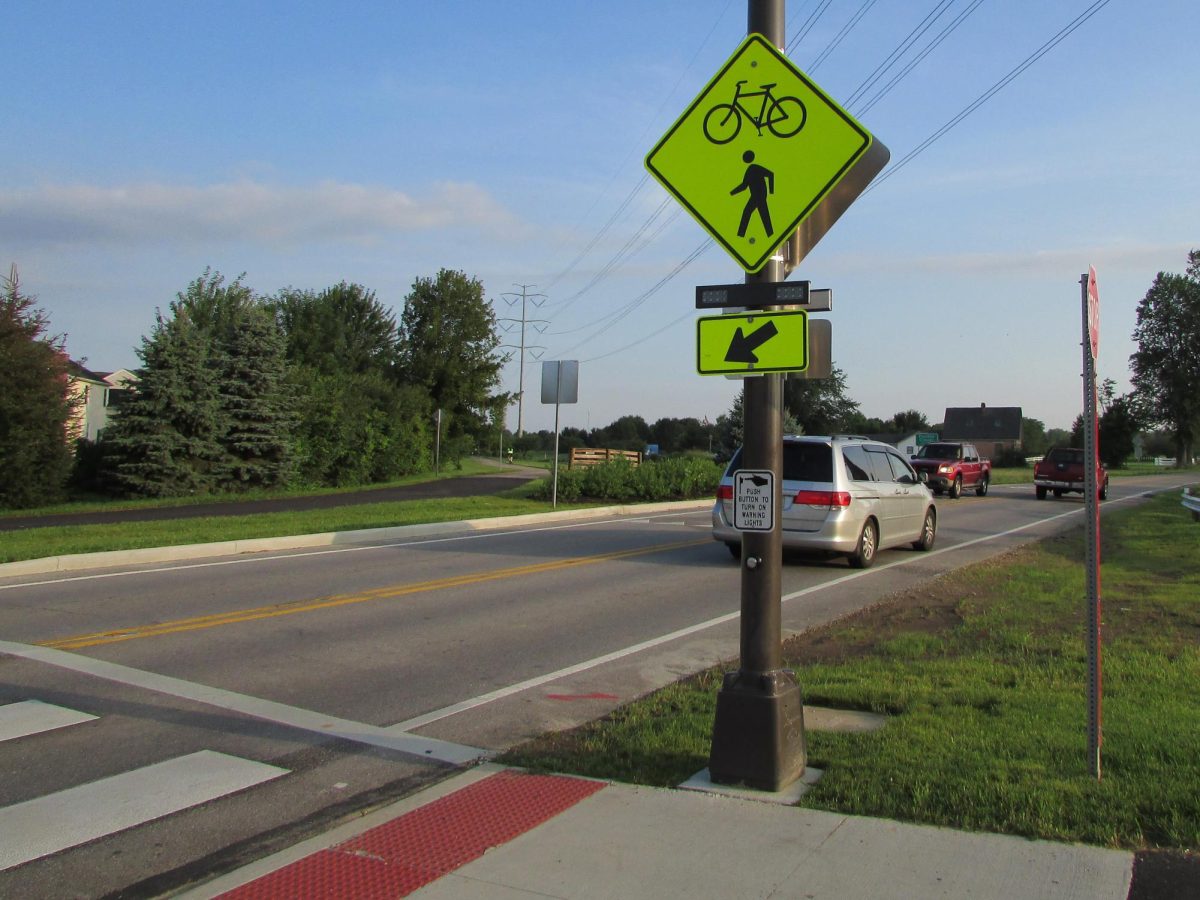The college has acquired two Starlink satellite dishes to provide localized high-speed wireless connections, scheduled the replacement of core switches, and has begun the process of replacing all of the Wi-Fiber access points in an ongoing effort to provide the campus with reliable internet. Pending the arrival of two pieces of equipment, the two satellite dishes will provide internet access in the Blue Lounge in Brooks Hall and the Henderson Campus Center lobby, according to Chief Information Officer Katrina Yeung.
“Originally, we were trying to make them (the dishes) somewhat mobile, but we quickly realized we actually needed to mount them on a roof, just for everybody’s safety,” Yeung said. “That required us to purchase a longer cable and so we’re waiting for those longer cables to show up.”
The satellite dishes will not solve the entirety of the widespread internet issues across campus, but they will create two additional internet hubs where students can congregate to get stable Wi-Fi.
“They’re not meant to feed an entire campus — they’re meant to be put on your home, so the range will be small,” Yeung said. “But getting 10 people a great connection for a short period of time is better than nothing.”
Engineered by SpaceX, Starlink is a high-speed, low-latency service “made possible via the world’s largest constellation of highly advanced satellites operating in a low orbit around the Earth,” according to Starlink’s website. The technology is typically used to supply internet connectivity to remote places that are difficult to connect to wired internet.
A Sept. 22 campus-wide email announced that one of the Starlink satellite dishes would be placed in the Brooks Dining Hall, but the Information Technology team quickly realized that the room’s design was incompatible with the satellite dish, according to Yeung.
“That space is so cavernous that we were kind of losing connectivity in it, so now we’re going to put it in the Blue Room,” Yeung said. “It’s a more confined space and will have a better experience.
Yeung is holding out hope that the campus center lobby will not experience similar problems, but said that IT may need to rework the placement of the satellite dishes if students report user difficulties.
One of the technology’s factors Yeung anticipates being unable to address is the weather. Since the dishes rely on satellite connection to function, cloudy and rainy weather have the potential to create interference in the signals, unlike on a cloudless and sunny day.
While the dishes’ specs claim there is no limit to the number of users they can handle at a given time, Yeung said there will be an upper limit that will only be learned through experience.
If the two Starlink satellite dishes work well for students, Yeung said IT will order more.
Core Switches
The replacement of the core switches will likely make a significant positive impact on network connectivity by increasing the throughput the network can handle and preventing it from getting regularly overloaded and shutting down, Yeung said. The replacement of the core switches will take place on Saturday, Oct. 7, from 6 to 10 a.m. — during which there will be no internet available on campus, according to an Oct. 3 campus-wide email from President Ron Cole, ’87. Once the installation is complete, there should be a fully stable wired network without intermittent drops.
Access Points
IT also recently ordered a new wireless controller and 800 new access points to replace all of the Wi-Fiber access points on campus so that they can “just do it the way we should have done it at the outset,” according to Yeung.
Wi-Fiber — the company originally brought in to update the campus network infrastructure before being let go in July 2023 — installed 2,276 access points across the entire campus, which Yeung says was too many and is causing interference issues.
“We don’t need that many if it’s a solid, sound access point,” Yeung said. “The range will be bigger and be able to penetrate walls more appropriately, so we don’t need as many. That’s part of our struggle now, we have so many.”
Yeung hopes the equipment will arrive in late October, at which point IT will prioritize installation in residential halls.
“We’re going to go as fast as we possibly can,” Yeung said. “We’re going to use existing wiring and try to get 95% of the way good, knowing that when we get into the summer we’ll need to do some cleanup and run new wires to put the access points exactly where they need to be so there’s the correct spacing and overlap. We’re just going for speed so we can get you guys functioning the way you want to.”
The college’s supply chain delays are not unique. The COVID-19 pandemic caused an ongoing worldwide shortage of computer chips, according to CNN. The chips are used in almost every piece of internet technology the college currently needs. Yeung said there is nothing the college can do to speed up the procurement process.
While they wait, the IT team has been chipping away at any problems they can. There are five or six data closets in each building on campus and in each of those data closets are a mixture of new and old core switches that are “fighting with each other,” according to Yeung. IT is working to take the old core switches offline and decrease that interference. While the process is not difficult, it is time-consuming and requires meticulous, methodical work.
“We’re trying to weed out the older Cisco switches, and you’ll see improvements as we’re able to take each of them offline,” Yeung said.
Still, due to insufficient infrastructure labeling by Wi-Fiber, IT is struggling to identify what is causing many of the connectivity problems on campus.
“We have peaks where it (the internet) works well and other times where you can’t get connected again,” Yeung said. “Logically it doesn’t make any sense. If all things are the same, it should work the same. But that is not what we’re experiencing and the equipment that we have, we just don’t have enough visibility into it to figure out why that is. The new equipment, we will. There are tools built into it that allow us to scan and look and analyze and we just don’t have that with what we have today.”
Yeung is unsure if the visibility tools were not included in the Wi-Fiber infrastructure, if they were not configured correctly or if the college didn’t pay for them.
“I’m not sure where the gap is there,” Yeung said.
Students can visit the IT Help Desk in Murray Hall or submit a ticket through IT’s website to request a free ethernet cord and adapter and get their wired connection port turned on in their dorm rooms.








